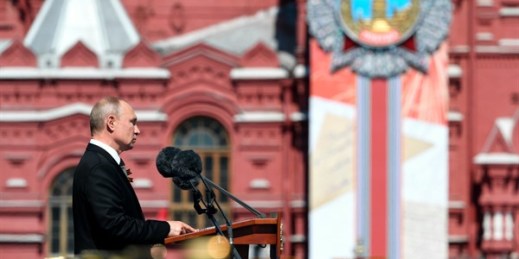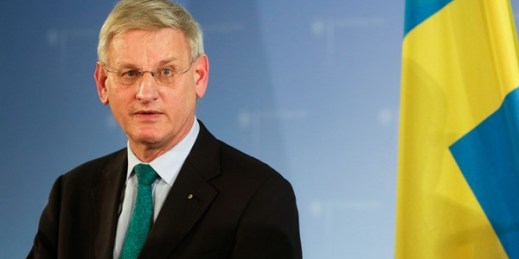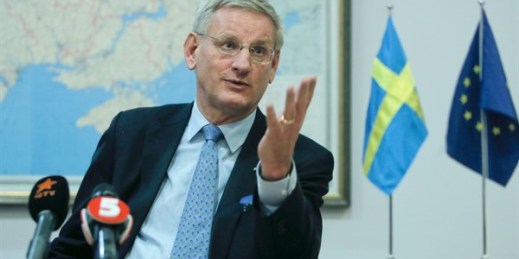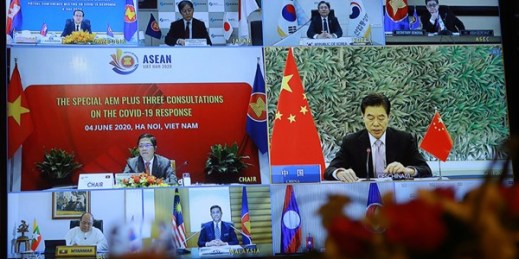
From mass protests in Belarus to political chaos in Kyrgyzstan to the war between Armenia and Azerbaijan over the disputed territory of Nagorno-Karabakh, Russia is surrounded by mounting instability. According to Matthew Rojansky, the director of the Kennan Institute at the Woodrow Wilson Institute for Scholars, President Vladimir Putin and his top advisers only have themselves to blame for these crises on Russia’s periphery, given their active assertion of “veto rights” over political outcomes that they find unfavorable, including any signs that a country is realigning away from Russia and toward the West. In many cases, this has meant staunch […]



